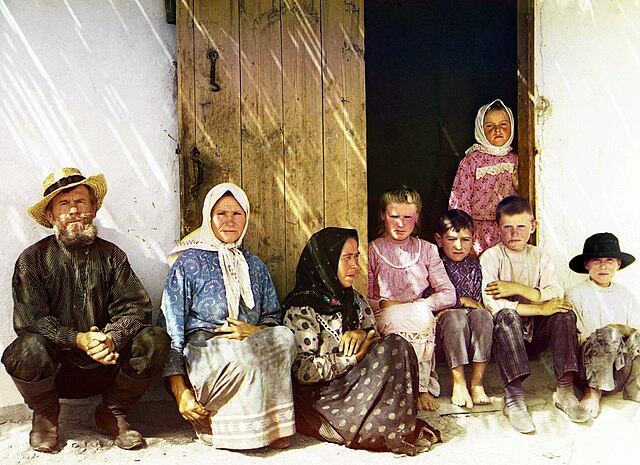Mughan plain
Plain in northwest Iran and southern part of the Republic of Azerbaijan From Wikipedia, the free encyclopedia
Mughan plain (Azerbaijani: Muğan düzü, مغان دوزو; Persian: دشت مغان, romanized: Dasht-i Mughān) is a plain stretching from northwestern Iran to the southern part of the Republic of Azerbaijan. The highest density of irrigation canals is in the section of the Mughan plain which lies in the Republic of Azerbaijan. It is located on the bank of the Aras river extending to Iran.[1]

The Mughan plain consists of five cities: Bilehard, Parsabad, Jafarabad, Germi and Aslan Duz. One-third of the plain is located in Iran and the rest is in Azerbaijan.
By the Chalcolithic period (c. 4500–3500 BCE), the Moghan Plain was integrated into the sphere of the Kura–Araxes culture, a major cultural phenomenon in the South Caucasus known for its red-black pottery and early metallurgical development. These communities built fortified settlements, cultivated crops, and developed trans-regional trade networks.[2]
Sasanian Period and Urbanization
In the Sasanian period (224–651 CE), the Moghan Plain was part of a strategic border region. Fortified cities like Ultan Qalasi and elevated mounds such as Nader Tepesi reveal advanced settlement structures, including irrigation systems and citadel-like layouts. These reflect a well-organized administrative presence in the region.[citation needed]
The Sasanian Empire used the Moghan Plain as a route for military and economic operations, and remnants of coinage, pottery, and civic planning illustrate the integration of the area into broader imperial networks.[3]
History


The ancient settlement of Alikomektepe, dating to c. 5000 BC, is located in the Mughan plain and covers an area of over 1 hectare.[4] Early levels belonged to Shulaveri-Shomu culture. The Mughan culture was later centered in the area. Mughan was a province of the Abbasid Caliphate, in present-day Iranian Azerbaijan. Mughan District was one of the administrative divisions of Shirvan Khanate. After 1820, the Shirvan Khanate was conquered by the Russian Empire.
Maps
- In Abbasid Caliphate
- In the Shirvan Khanate
Gallery
See also
Wikimedia Commons has media related to Mughan.
Notes
References
Wikiwand - on
Seamless Wikipedia browsing. On steroids.


